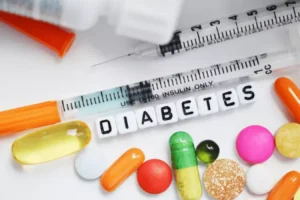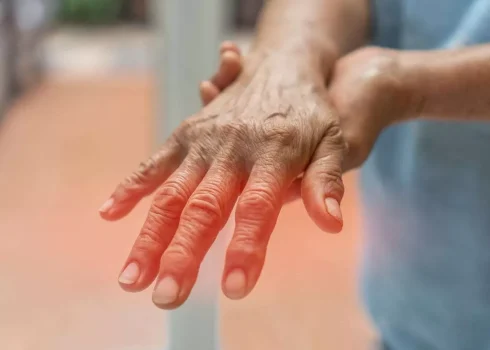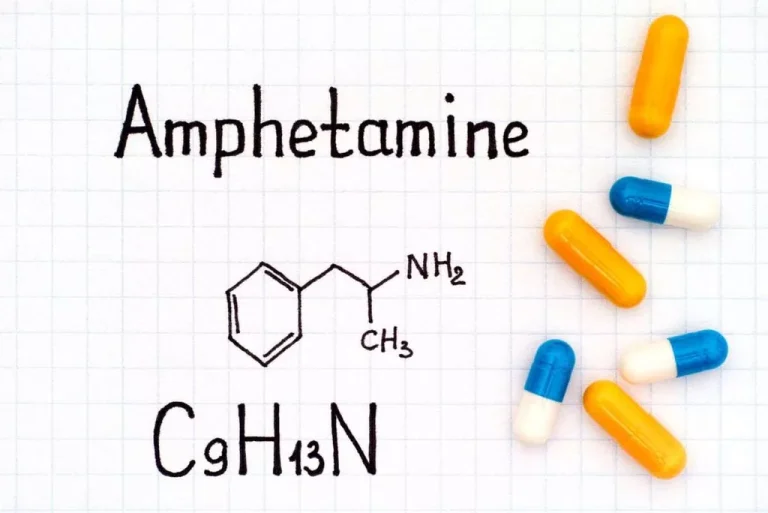
“Later on in the night, you may find someone crying or becoming overly emotional, and this is because, as the alcohol wears off, there is a big drop in serotonin below baseline,” Tietz explains. But effects to other neurotransmitters, including gamma-aminobutyric acid (GABA) and glutamine, may also be involved. Alcohol can impair the OFC, and disrupt communication between the OFC and the amygdala. Without the OFC doing its job of calming those intense emotions, a person can have a strong reaction (2). Alcohol causes changes in the prefrontal cortex (PFC), leading to disinhibition.
Domestic Violence
This also suggests possible changes in brain glucocorticoid pathways in humans that may increase risk of hazardous drinking. As stated earlier, alcohol consumption stimulates cortisol release; however, in response to either stress or alcohol exposure, the increase in cortisol is lower in people who binge drink or drink heavily than in those who drink moderately. This disruption in alcohol-related cortisol signaling and the need to drive the homeostatic HPA axis rhythm back to functional levels may be one component of the enhanced motivation for alcohol in those who drink alcohol at binge and heavy levels. This conceptual model suggests that normalizing the brain and body’s stress and motivational coping responses may reduce risk of hazardous drinking.

Effects of Alcohol on Brain Functions
Therapists received treatment manuals; four days of training including role plays, demonstrations and simulations; and supervised experience in both modalities with several clients prior to beginning the study. In order to maintain adherence to the treatment protocols, therapists referred to a condition-specific and session-specific content outline during each session. These content outlines provided reminders as to the manualized session content relevant to each therapy session. It was initially reported that women are less likely to engage in binge drinking patterns than men (Bobrova et al., 2010). However, in the recent years, data from the United States indicate that the binge-drinking rate in adult women (age 21–49 years) has been rising (Hasin et al., 2019; Sarah and Keyes, 2020). Evidence suggests that there is a little convergence in the pattern of binge drinking in men and women.
What Is Dry Drunk Syndrome?
Chervyakov et al. (2002) reported that 4 in every 5 Russians convicted of murder were intoxicated with alcohol during the murderous act. In a British prison sample, over a third of male homicide offenders had consumed alcohol and were considered drunk at the time of the offense and 14.0% had been using drugs (Dobash and Dobash, 2011). By integrating these co-treatment approaches into comprehensive and individualized treatment plans, individuals can embark on a journey of recovery that addresses both alcohol use disorder and anger issues effectively, fostering sustainable change and improved quality of life.

For these reasons, some people may exhibit nervousness, outbursts, aggression, and even violence while intoxicated or during withdrawal. Although no objective indicators of other substance use were obtained (e.g., urine screens), participants were asked whether they had used illicit substances. For the six-month baseline period, 64.5% of the sample reported no illicit drug use, and another 10.5% of the sample reported average use at less than one time per month; there was no significant between-condition difference. The most frequent drug used was marijuana; 30% of the sample reported use of this drug at least once during the six-month baseline period. With regard to baseline levels of anger, males scored at the 75th percentile and females at the 55th percentile on the STAXI-trait anger scale. Prior reports have established alcohol-induced aggression among males (Lipsey et al., 1997), which appears to vary across the ethnic groups and geographical regions (Caetano et al., 2001).
- Think of anger as an iceberg, where what’s visible, like stern looks or raised voices, is just the tip.
- There was no significant difference in relation to age on onset of drinking, occupation, and education.
- And although nothing justifies murder, the son Paul Murdaugh was quite a character (and not in a good way).
- Intergender neurological and behavioral responses to alcohol are also influenced by ethanol metabolism (Arthur et al., 1984) and influences of hormones such as testosterone, cortisol, estradiol, progesterone, and oxytocin (Denson et al., 2018).
Too much alcohol affects your speech, muscle coordination and vital centers of your brain. A heavy drinking binge may even cause a life-threatening alcoholism and anger coma or death. This is of particular concern when you’re taking certain medications that also depress the brain’s function.
In an experiment conducted by Giancola and Zeichner (1995), 128 participants (64 males and 64 females) performed a task where they gave an electric shock to the fictional opponents, which included both the genders. The participants were assigned to either alcohol, a placebo, or a sober group. The researchers found that the intensity and duration of shock were higher in the men from the alcohol group, while only shock duration was increased in women. They also noted that men were highly aggressive toward the same gender, while women were aggressive regardless of gender. This indicated that alcohol-induced aggression affects both the genders in different ways, suggesting that men are likely to respond in a direct and indirect manner, whereas women exhibit aggression in an indirect manner.
- This is why speaking with a therapist can help identify the root cause of addiction.
- Some of the biological factors that contribute to alcoholism may also play a role in increasing the risk of intimate partner violence.
- In addition, even individual differences in personality traits determine the types of emotion affected by the depletion of serotonin (Kanen et al., 2021).
- Support groups such as Alcoholics Anonymous (AA) and Self-Management And Recovery Training (SMART) are open to anyone with a substance use disorder.
- The search was conducted by two independent authors (HVL and AE) who first analyzed the titles and abstracts and then selected manuscripts for full-text reading.
Who is at Risk of Becoming an “Angry Drunk?”

That’s because it reduces an individual’s self-control and internal inhibition. If formal rehab seems too much, starting with an AA support group can help. These groups provide a supportive, non-judgmental space to discuss issues, an important step https://ecosoberhouse.com/ in recovery. Alcoholics Anonymous highlights anger as a major relapse trigger, with co-founder Bill Wilson noting, “Resentment is the top offender. It destroys more alcoholics than anything else.” Addressing both addiction and anger is crucial.
AUD Treatments Targeting Stress, Craving, and Loss of Control of Alcohol Intake

Many people with alcohol use disorder hesitate to get treatment because they don’t recognize that they have a problem. An intervention from loved ones can help some people recognize and accept that they need professional help. If you’re concerned about someone who drinks too much, ask a professional experienced in alcohol treatment for advice on how to approach that person. If you feel that you sometimes drink too much alcohol, or your drinking is causing problems, or if your family is concerned about your drinking, talk with your health care provider. Other ways to get help include talking with a mental health professional or seeking help from a support group such as Alcoholics Anonymous or a similar type of self-help group. As if that wasn’t complex enough, anger can also result from inherited tendencies or brain chemistry.

